Can You Plug A Run Flat Tire? Will It Void The Warranty?
Discovering a puncture in a run flat tire can be worrisome, as it can affect the tire’s performance and safety while driving. By identifying the extent of the damage, the appropriate method can be used, which may include repairing it or replacing the tire entirely.
Can you plug a run flat tire? The answer is yes! It depends on the location and severity of the damage to the run flat tire.While some manufacturers caution against repairs, others permit them for minor damages.
Read this article to understand more about run flat tires, whether or not you can plug them.
Manufacturers Recommendation
The formulation of run flat tires varies depending on the brand, with each manufacturer utilising distinct materials and compounds. This diversity in the formulation can affect the tire’s reusability. Therefore, it is essential to comprehend the brand of tire you are using and adhere to the manufacturer’s guidelines. To provide further clarification, here is some information on well known brands of run flat tires.
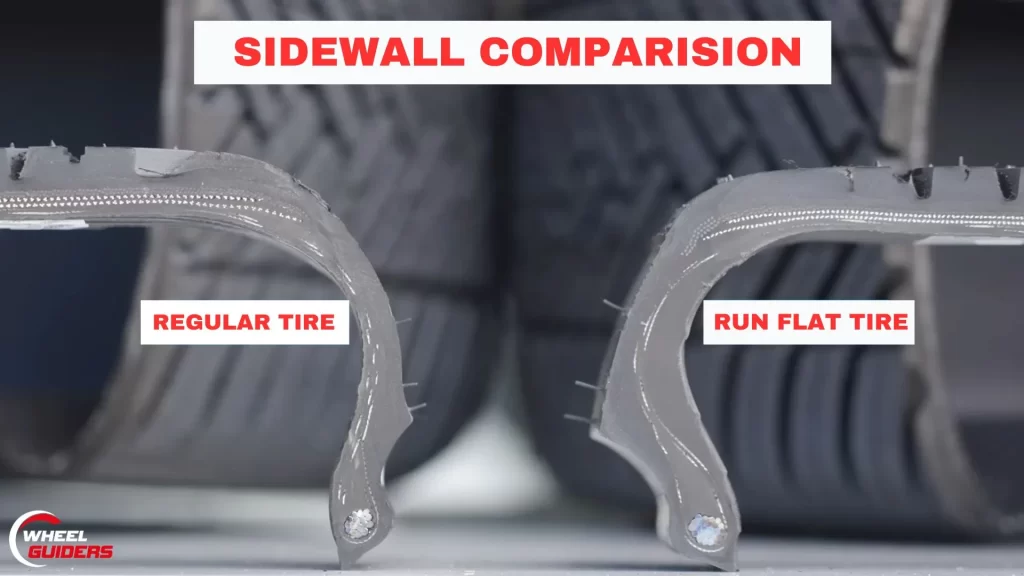
Policies Of Different Manufacturers For Repairing Run Flat Tires
| Brands | Repair | Additional Provisions |
| Goodyear | Allowed | 1 repair maximum for H- and greater speed ratings |
| Dunlop | Allowed | 1 repair maximum for H- and greater speed ratings |
| Pirelli | Mfg. Road Hazard Program** | |
| Michelin | Allowed | 1 repair maximum |
| Hankook | Allowed | – |
| Kumho | Allowed | – |
| Continental | Not Allowed | Mfg. Road Hazard Program* |
| BFGoodrich | Allowed | 1 repair maximum |
| Bridgestone | Allowed | Only if 15 psi maintained |
| Firestone | Allowed | Only if 15 psi maintained |
Assessing Tire Damage
To answer the question “Can you plug a run flat tire” it is important to assess the tire’s condition and determine whether it can be repaired, and by keeping these points in mind, it becomes easier to determine the tire’s repairability.
These points should be kept in mind to ensure safety and
Does plugging a run flat tire void the warranty
Repairing a run flat tire by plugging it may result in the warranty being voided, as it depends on the specific terms and conditions set by the tire manufacturer. Therefore, it’s important to carefully read and understand the warranty before attempting to repair a run flat tire.
Most tire warranties cover flaws in materials or artistry but do not cover damage brought on by outside forces, like road hazards or incorrect use. Since a tire is modified in a way the manufacturer did not intend, plugging a tire may be seen as an inappropriate use.
Due to their unique structure, run flat tires are more difficult to fix than conventional tires. Run flat tires are more significant, and their rigid sidewalls make punctures impossible to patch if severely damaged.
Before modifying your tires, including sealing a puncture, thoroughly review the warranty conditions. You should ask the manufacturer whether plugging your tire voids the warranty.
Right approach while maintaining tire is crucial to prevent warranty issues. This includes maintaining correct inflation pressure, regular rotation, and timely replacement. By following these steps, you can extend the lifespan of your tires and reduce the need of warranty claims.
Steps For Plugging A Run Flat Tire
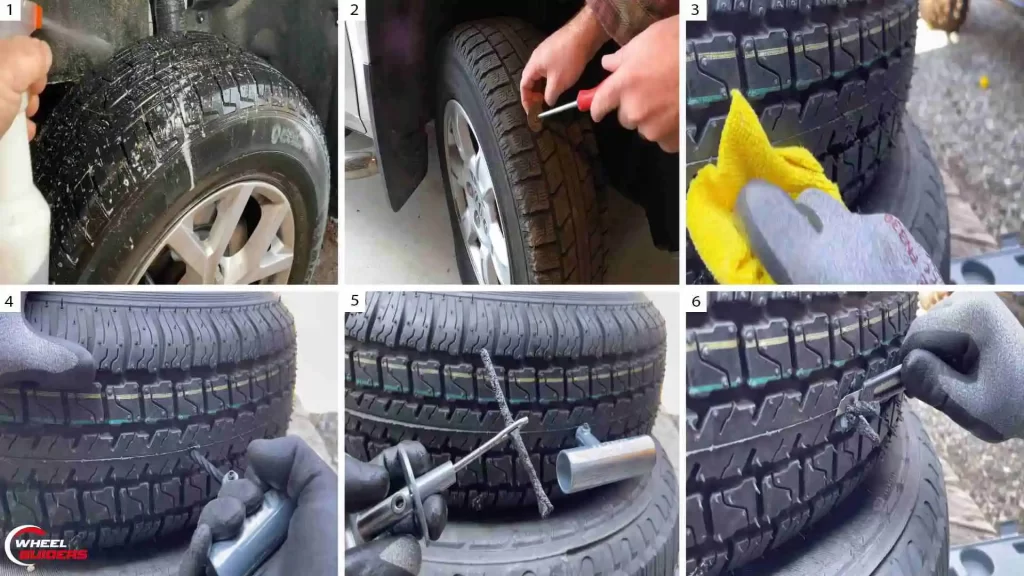
- Identify the punctured area: Visually identify the leak by searching for puncture-causing objects, such as screws, nails or other objects. You can also use a water and soap-based solution to identify the punctured area. Inspect the tire closely and check for additional punctures or damages.
- Remove the object: The object that caused the puncture should be carefully removed from the tire by using a pair of pliers.
- Clean the area: Use a wire brush and thoroughly clean the area. It will create a strong seal when the plug goes in.
- Prepare the hole: Use the plug insertion tool and push it in and out of the hole to make the hole grip the plug properly.
- Insert the plug: insert the plug halfway into the eye of the insertion tool and push the plug into the hole while making sure not to push the plug all way in. Leave about ¾ of an inch sticking out, and then pull it out quickly.
- Trim the excess plug: To remove the excess plug with the tire, trim the extra plug with scissors or a blade.
- Reinflate the tire: Reinflate the tire to the recommended tire pressure.
- Check for any additional leaks: Wash the area where you inserted the plug with soap and water solution. The plug needs to be reinserted if bubbles form because of a leak.
Pros and Cons of a Run Flat Tire
Pros Of Run Flat Tires
Cons Of Run Flat Tires
What To Choose: Run Flat Tires Or Regular Tires?
Choosing between run flat tires and regular tires depends on individual preferences such as driving needs, vehicle requirements, driving frequency and convenience. On testing the run flat tires over nails numerous times, we found that the run flat tires lost no pressure making them absolutely convenient.
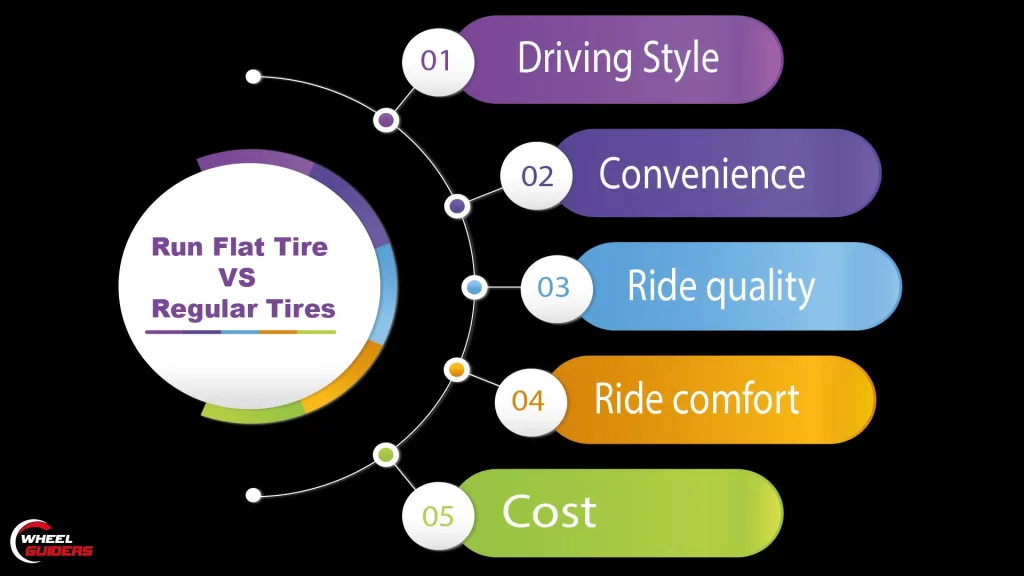
Driving style
Run flat tires provide higher responsiveness and stability even at higher speeds and aggressive driving. Whereas regular tires would be a more suitable choice for drivers who prioritise comfort and fuel efficiency more.
Convenience
Run flat give you the accessibility to reach back home safely or to drive to the nearby tire repair shop without worrying or having to replace the tires in the middle of the highway yourself. They also do not lose control or blowout when they are punctured, giving you more time and peace of mind.
Ride Quality
Compared to regular tires, run flat tires often generate more road noise and transmit vibrations from potholes and uneven road surfaces to the cabin. In contrast, traditional tires have been designed with softer rubber compounds and flexible sidewalls that absorb shocks and provide a smoother, quieter ride.
Ride Comfort
For ride comfortability, run flat tires and regular tires are still a topic of discussion. A regular tire offers a more comfortable ride than a run flat. As a result of the mechanisms that enable run flat tires to work without air, the sidewalls of these tires are stiffer, which results in a rougher ride.
Cost
Run flat tires come at a higher cost, and they also have increased maintenance expenses. In contrast, regular tires can be repaired at a minimal cost, and they are more budget-friendly. With proper maintenance, regular tires can have a longer lifespan and provide a more cost effective option.
How Long Do Run Flat Tires Last After A Puncture?
Run flat tires enable you to keep moving even after a puncture or lack of air pressure. Many factors, including the degree of the hole, the kind of tire, and the vehicle’s weight, will affect how long a run flat tire continues to function.
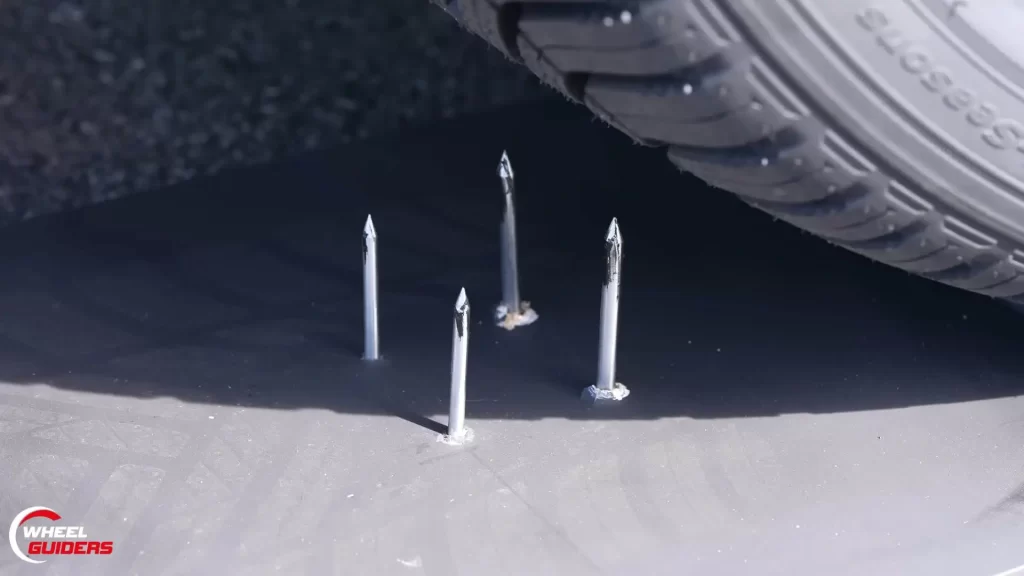
Run flat tires have specially reinforced sidewalls that allow for short term operation and restricted speed even after a puncture (a top speed of 50 mph for a distance of 50 miles).
If a run flat tire develops a puncture, you must immediately check, repair, or replace it. Driving on a punctured run flat tire for more than the recommended distance can increases the risk of a blowout or other tire related issues, which could put you and your passengers in danger.
Is It Better To Plug Or Patch A Run Flat Tire?
A run flat tire’s size, location, and manufacturer’s instructions are just a few factors determining whether to plug or patch it.
A plug might be a quick and effective repair if the puncture is small and located inside the tire tread, whereas if the hole is larger, a patch might be a more suitable solution.
Due to their unique construction, run flat tires cannot be permanently repaired, and any damage should be evaluated by a qualified technician before attempting any repairs. Proper tools and methods must be used when servicing run flat tires to ensure safe operation.
If you are still in doubt, on “can you plug a run flat?” Then it is highly suggestible to visit a qualified tire technician to determine whether to plug or patch a run flat tire. Always be cautious regarding your vehicle’s tires.
Conclusion – Can You Plug A Run Flat Tire?
While it is possible to plug run flat tires, it is generally not advised due to the risk of internal damage that may go unnoticed, as punctures are usually identified and repaired only from the exterior.
Damages to the internal structure of run flat tires can weaken them. Mild punctures can be repaired, but severe damage may require frequent maintenance and can pose a safety risk to you and your passengers even after being repaired.
Frequent maintenance can lead to high expenses in the long run, so it’s recommended to replace run flat tires with severe damage.
